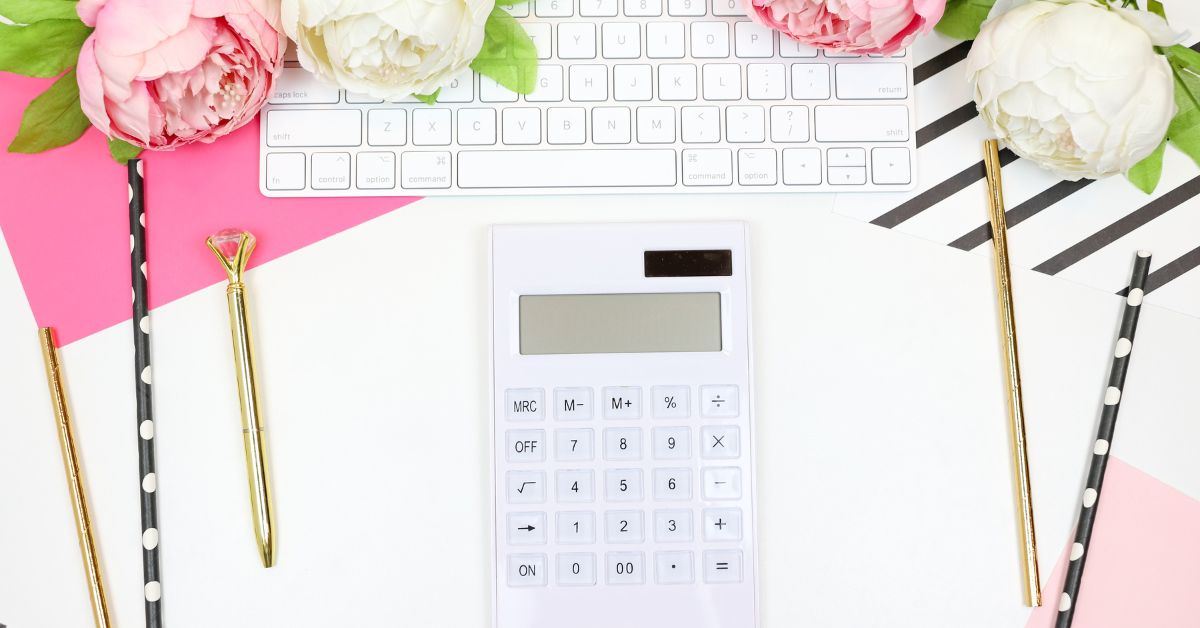Tax allowances are the amount of taxes you are allotted to deduct in the form of standard deductions, itemized deductions, and personal exemptions before calculating your total taxable income. Many factors may alter these allowances, and what is applicable to you depends on your situation.
You may be entitled to some tax relief allowances that reduce the amount of income tax you have to pay. But what is a tax-free allowance in general?
In this article, various tax allowances that you may be entitled to will be discussed. However, you should be aware that not all allowances work similarly!
Let’s start!

Am I Entitled to Tax Allowances?
Generally, you pay income tax only on taxable income exceeding your tax allowances. Although your annual allowance still covers taxable income, you won’t have to pay taxes on that portion if you need to report your income for tax credits or other purposes.
UK personal allowance (and blind person allowance if you qualify) is available to individuals who meet the following criteria:
- You are a citizen or resident of the United Kingdom (including Scottish or Welsh taxpayers);
- You must be an EEA national;
- If you live on the Isle of Man or the Channel Islands;
- Previously a resident in the UK but now living overseas for the sake of your health or the health of a family member who resides with you;
- If you work for the Crown (or the late spouse or civil partner of the Crown), a territory under Her Majesty’s protection, or are a missionary.
Under the terms of a double taxation agreement, you may also be eligible for a UK personal allowance. You can find more information on GOV.UK in the guidance of form R43.
Tax allowances may not be available to you if you are resident in the UK without being domiciled here and claim the ‘remittance basis’ of taxation.
Personal savings and dividend allowance are also known as nil rates of savings and dividends. It is important to note that these exemptions do not work as tax allowances; they are nil-rate tax bands for certain types of income (for example, dividend income and savings income). The dividend and personal savings allowance are discussed in more detail when discussing income tax rates.
The Personal Allowance
Most residents are entitled to a personal allowance. Taxes are paid on your taxable income, less the personal allowance. It is still taxable even though it isn’t taxed due to the personal allowance.
The personal allowance for 2022/23 is £12,570. The unused portion of your allowance is lost if your income exceeds it. Your spouse or civil partner can receive a tax reduction by giving up part of your allowance. Transferable tax allowance is what is called.
Note that it is impossible to carry any unused personal allowance from one tax year to another!
The Blind Persons Allowance
You can reduce the taxable income you owe by receiving a blind person’s allowance (BPA). A BPA of £2,600 is set for 2022/23. Additional to the personal allowance, you are entitled to this amount of allowance if you are eligible.
Furthermore, you can transfer the BPA to your spouse or civil partner in full (or whatever is left) if you do not earn enough income to use it. To qualify for the BPA, you must meet one of the following qualifications:
- In England and Wales, you may be able to claim if you are registered with a local authority as severely sight impaired;
- Scots or Northern Irish citizens must have such poor eyesight that they cannot perform eye-related work.
There is no age limit on eligibility for BPA. You are entitled to BPA regardless of your income level. If married or in a civil partnership, you may claim it independently. You must, however, inform HM Revenue & Customs (HMRC) if you are eligible.
Check GOV. The UK for contact information.
Marriage Allowance (Transferable Tax Allowance) – For Married Couples and Civil Partners
Every spouse and civil partner is eligible to receive the marriage allowance. This tax credit will often be more beneficial, however, if either of you was born before 6 April 1935. Certain conditions must be met to give your spouse or civil partner a tax credit from your allowance.
For the tax year 2022/23, the marriage allowance for a spouse or civil partner is £1,260. Generally, it allows them to give up such an amount of one’s allowance for a tax credit of £252 (transferred to the partner) when married or living together. The spouse or civil partner receiving the payment must also not be subject to income tax above the basic rate or, in the case of Scottish taxpayers, the intermediate rate.
In calculating either spouse’s higher income tax rate, you should disregard the dividend nil rate band and consider whether the dividend income would be subject to the upper dividend rate (33.75%) instead.
It is also essential to note that you can backdate your claim to include any tax year since 5th April 2018 that you were eligible for the marriage allowance.

Married Couples Allowance
Your taxable income is not reduced by the married couple’s allowance (MCA) does not reduce your taxable income. Instead, you can use it to calculate how much your tax bill will be reduced. It is only available to marry or civil partnership couples with at least one member born before 6 April 1935.
Relief for Maintenance Payments
Your taxable income is not reduced by maintenance payments relief. Instead, it is used to calculate a reduction in the tax bill.
There is a gradual phase-out of maintenance payments relief. Relief is only available if you meet all the following requirements:
- You are divorced, separated, or in a dissolved civil partnership.
- The date of your birth, or the date of the birth of your ex-spouse or former civil partner, must be before 6 April 1935.
- Court orders require you to pay maintenance.
- If you are paying maintenance to your ex-spouse/civil partner or children under 21 years of age.
- Your ex-spouse or former civil partner has formed no new civil partnership or marriage.
To qualify for maintenance payments relief, you must pay 10% of your taxable income as maintenance payments.
The maximum relief for 2022/23 is £3,640. Your deduction will be 10%. Therefore, you can deduct £364 from your tax bill.
Conclusion
There you have it! That’s what you might be able to take advantage of in terms of tax-free allowance. Our goal with this UK tax article is for you to learn something new and make the best out of your cash. Always consider this income tax relief concept when you file your tax return! Reading the tax code can also help for self-assessment!






